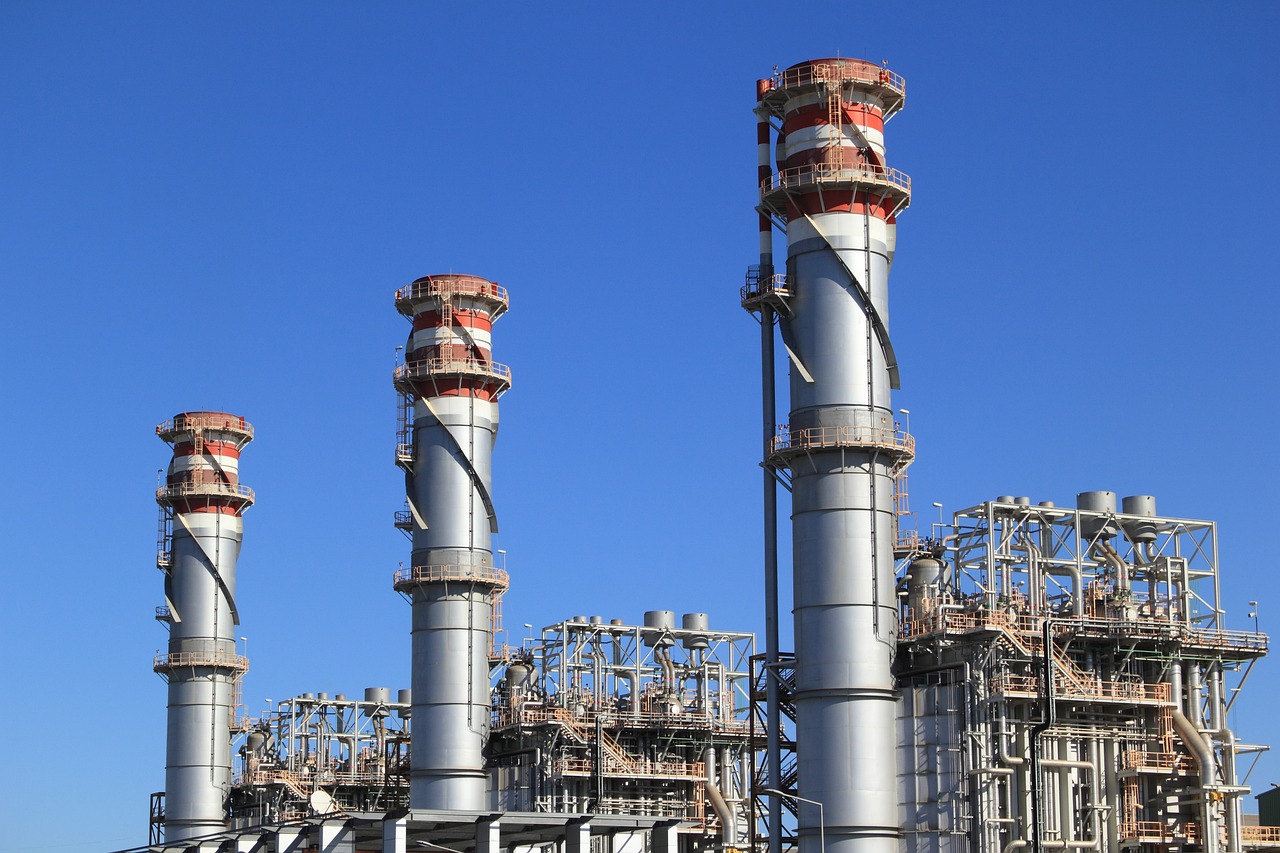Introduction
Water, the lifeblood of our planet, sustains all living beings and ecosystems. Yet, beneath the shimmering surface of lakes, rivers, and oceans lies a grave concern that threatens this precious resource – water pollution. The contamination of water bodies by harmful substances casts a shadow over aquatic life, environmental harmony, and human well-being. In this article, we delve into the depths of water pollution, unraveling its sources, consequences, and the collective efforts needed to restore the purity of our waters.
The Anatomy of Water Pollution
Water pollution emerges from the interaction of diverse pollutants with aquatic environments. These pollutants originate from both human activities and natural phenomena, each contributing to the complex web of contamination. Sources of water pollution are multifaceted and include industrial discharges, agricultural runoff, sewage, oil spills, plastic waste, mining activities, and more. Each source introduces a unique array of contaminants, ranging from chemicals and heavy metals to pathogens and organic matter.
Types of Water Pollutants:
Chemical Contaminants: Hazardous chemicals from industrial processes and agriculture seep into water bodies, endangering aquatic life and compromising water quality.
Nutrient Pollution: Excessive nutrients, primarily nitrogen and phosphorus, from fertilizers and sewage runoff lead to eutrophication, suffocating aquatic ecosystems.
Pathogens: Untreated or improperly treated sewage releases harmful bacteria, viruses, and other pathogens into water sources, posing health risks to humans and wildlife.
Sediments and Suspended Solids: Erosion from construction sites and deforested areas contributes sediment and solids that cloud water, degrading aquatic habitats.
Plastic and Litter: Improper waste disposal fills water bodies with plastic debris, endangering marine life and spoiling the aesthetics of our natural landscapes.
Impacts Rippling Through Ecosystems and Lives
The consequences of water pollution are far-reaching, affecting both the environment and human societies:
Ecological Disruption: Water pollution disrupts delicate aquatic ecosystems, leading to fish kills, loss of biodiversity, and the degradation of habitats vital to countless species.
Human Health Risks: Contaminated water sources harbor waterborne diseases, jeopardizing the health and well-being of communities that rely on these waters for drinking, bathing, and sanitation.
Economic Downturn: Industries reliant on clean water for operations, such as fisheries and tourism, suffer economic losses due to reduced productivity and diminished natural resources.
Drinking Water Insecurity: Pollution of drinking water sources places communities at risk, necessitating expensive water treatment processes and jeopardizing public health.
Environmental Aesthetics: The visual impact of polluted water bodies robs us of pristine landscapes, diminishing recreational and cultural value.
Charting the Course to Cleaner Waters
Addressing water pollution requires a multi-faceted approach that involves governments, industries, communities, and individuals:
Stringent Regulations: Governments must enforce and strengthen regulations on industrial discharges, waste management, and sewage treatment.
Sustainable Practices: Industries and agriculture must adopt eco-friendly practices that minimize pollution, reduce chemical use, and promote responsible waste disposal.
Public Awareness: Raising awareness about the impacts of water pollution empowers individuals to make conscious choices and advocate for cleaner water sources.
Technological Innovations: Research and innovation in water treatment technologies and pollution detection play a pivotal role in preventing contamination.
Community Participation: Engaging local communities in water conservation efforts fosters a sense of ownership and responsibility.
Conclusion
Water pollution is an urgent crisis demanding our immediate attention. The consequences of contamination extend beyond the aquatic realm, impacting ecosystems, economies, and human health. As custodians of the planet, it is our collective duty to safeguard our waters and ensure their vitality for generations to come. By embracing sustainable practices, advocating for robust policies, and fostering a global commitment to cleaner waters, we can reverse the tide of water pollution and restore the purity and abundance of this essential resource.














